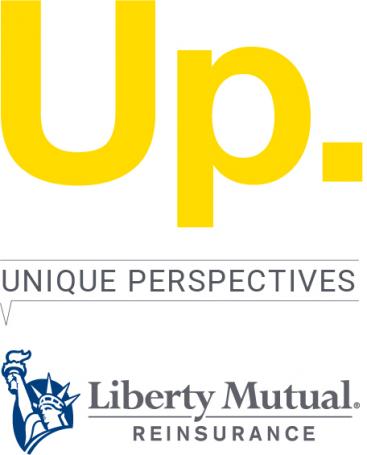By the very nature of their function, the term “claims” tends to carry unfavourable connotations, particularly when they arise in the wake of worst-case scenarios, often with devastating outcomes. Iain Reynolds, who serves as the Head of Reinsurance Claims at Liberty Mutual Reinsurance (LM Re), seeks to challenge this prevailing narrative. He delves into the mechanisms by which claims can be optimised to provide the most effective protection against catastrophic events.
Within the claims industry, we have experienced significant evolution over the last five years, marked by technological advances, regulatory changes, and shifting consumer expectations. In particular, the COVID-19 pandemic accelerated the adoption of remote claims processing, forcing (re)insurers to adapt to virtual inspections and assessments. Reinsurers have leveraged these technological advances to enhance fraud detection, automate routine tasks, and expedite claim settlements.
Despite this technological revolution, the claims function in the insurance industry still evokes negative sentiments. People typically associate claims with when the worst-case scenario has become reality and may overlook the crucial role reinsurers play in minimising losses during disruptions.
A common misconception is that the claims process begins when a customer files a request for coverage or compensation for a loss or policy event. The truth is the best products are developed when preparatory work takes place far in advance.
As an industry, we are constantly grappling with ways to deal with uncontrollable or unpredictable scenarios, for example, natural catastrophes, emerging risks, or political uncertainty. As a geographically diverse reinsurer with multiple clients, we get an opportunity to gather more information from a range of varied industries. From this vantage point, we can identify potential trends and adverse developments sooner and share this knowledge with our clients, both current and potential, where appropriate.
The pre-claims process: a vital link in the chain
This is referred to as the pre-claims process and is a crucial aspect of our industry. The pre-claims process encompasses all activities which take place before an actual claim is filed or policy written to ensure that the product is the most robust offering available for the client’s needs. The quality of the pre-claims process depends on its thorough risk assessment, loss prevention, and enhanced customer satisfaction.
Insurance and reinsurance companies use this phase to evaluate policyholders, their properties, or assets to determine appropriate premiums and coverage levels. This proactive approach helps identify potential risks and encourages clients to implement safeguards. By fostering a sense of security and preparedness, the pre-claims process not only benefits insurers and reinsurers by controlling their liabilities, but also serves customers by creating a safer and more predictable insurance experience.
It would not be possible to build an effective policy by a claims team in isolation. As a market, we have a responsibility to work together to ensure that we are able to deliver the best product to our clients. The claims team is heavily involved with every aspect of our business that affects clients, building relationships with them from the outset alongside underwriters and broking partners. Our collective aim as this cohesive team is to provide precisely tailored insurance products that meet our clients' needs effectively.
One of the most valuable aspects of working together with a client in the pre-claims process is the ability to manage a client’s expectations. When dealing with unique and complex risks, wording reviews and loss scenario testing is essential to ensure that all parties understand what is covered by the policy to prevent misunderstanding and clarify expectations of the product to ensure mutually trusting relationships. It ensures customers are adequately prepared for the claims process, reducing stress and uncertainty during a challenging time. It also aids in cost control by avoiding unnecessary expenses following difficult conversations about what is and isn’t covered.
A template for successful claims responses
In recent years, we’ve seen success, because of our team’s response to a loss event. One of our the most notable initiatives occurred in Australia in 2022, when our team responded to severe flooding in Sydney, New South Wales. We flagged early on that the flooding would likely result in billions of US dollars’ worth of losses and that widespread support was needed for all those affected. It was the first big post-Covid natural catastrophe reinsurance event world-wide, so uncertainty over the impacts of remote working on catastrophe-claims management remained.
By deploying the team to Australia to gather data directly from ceding insurers, utilising satellite and aerial imagery, conducting inspections for assessing affected areas, and establishing strong collaboration with Lloyd's representatives in Australia, the team developed an advanced event-response model for handling claims in the wake of subsequent catastrophe events. On the ground presence was invaluable, and we were able to be there to support our clients in person, in real time. This case set a notable precedent and has been instrumental in informing future responses to severe loss events insured from the London market.
In essence, the claims industry's evolution over the past few years showcases its adaptability and commitment to providing efficient, client-centric solutions. I believe we are on a fascinating path and to progress, the industry must continue to embrace pro-active preparation and collaboration to better serve and protect clients against ever-evolving risks and uncertainties. We look forward to meeting with clients and broking partners at APCIA to establish and maintain these quintessential relationships.

